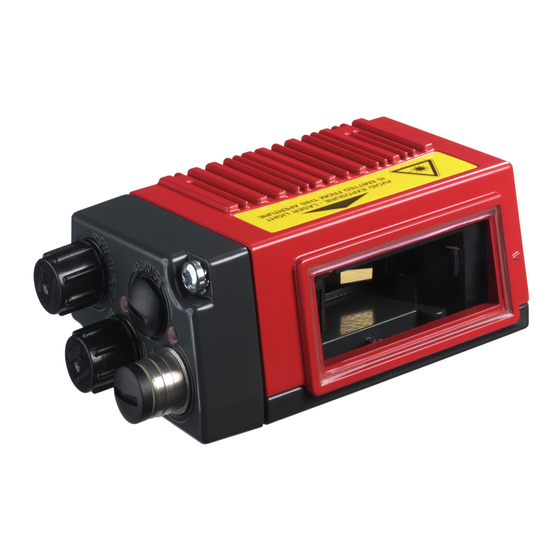
Leuze electronic BCL 300 Series Scanner Manuals
Manuals and User Guides for Leuze electronic BCL 300 Series Scanner. We have 1 Leuze electronic BCL 300 Series Scanner manual available for free PDF download: Technical Description
Leuze electronic BCL 300 Series Technical Description (179 pages)
Brand: Leuze electronic
|
Category: Barcode Reader
|
Size: 12 MB
Table of Contents
-
-
-
Profibus Dp33
-
Heater33
-
Autoreflact34
-
Autoconfig35
-
-
Table 5.541
-
-
Cleaning67
-
-
Table 7.276
-
-
-
Table 10.189
-
Device Types90
-
Table 10.491
-
-
Table 10.596
-
-
Module Overview101
-
Table 10.6101
-
-
Decoder Modules103
-
-
Table 10.7103
-
Table 10.9106
-
Control Modules107
-
Table 10.12109
-
-
Table 10.15112
-
Table 10.17113
-
Result Format114
-
-
Table 10.18114
-
-
Table 10.19116
-
-
Table 10.20118
-
Data Processing125
-
Table 10.32125
-
Table 10.32126
-
Table 10.33127
-
Identifier128
-
-
Table 10.34128
-
-
Table 10.36132
-
Device Functions135
-
Table 10.40136
-
Table 10.47145
-
Table 10.49148
-
Data Output149
-
Module 80149
-
Table 10.50149
-
Task159
-
Procedure159
-
Task161
-
Procedure161
-
Table 10.59161
-
-
Interface Errors163
-
Interface Error163
-
Table 12.1163
-
-
-
Part Number Code165
-
-
13 Maintenance
171 -
14 Appendix
172
Advertisement
